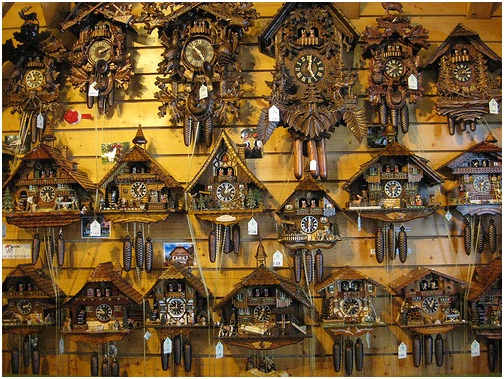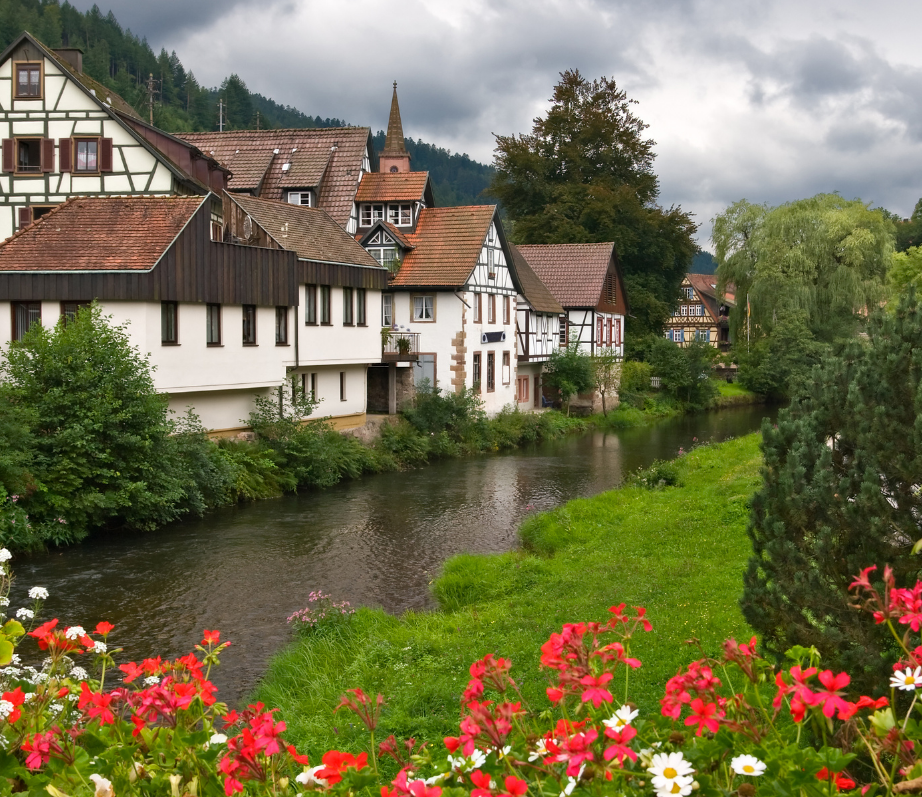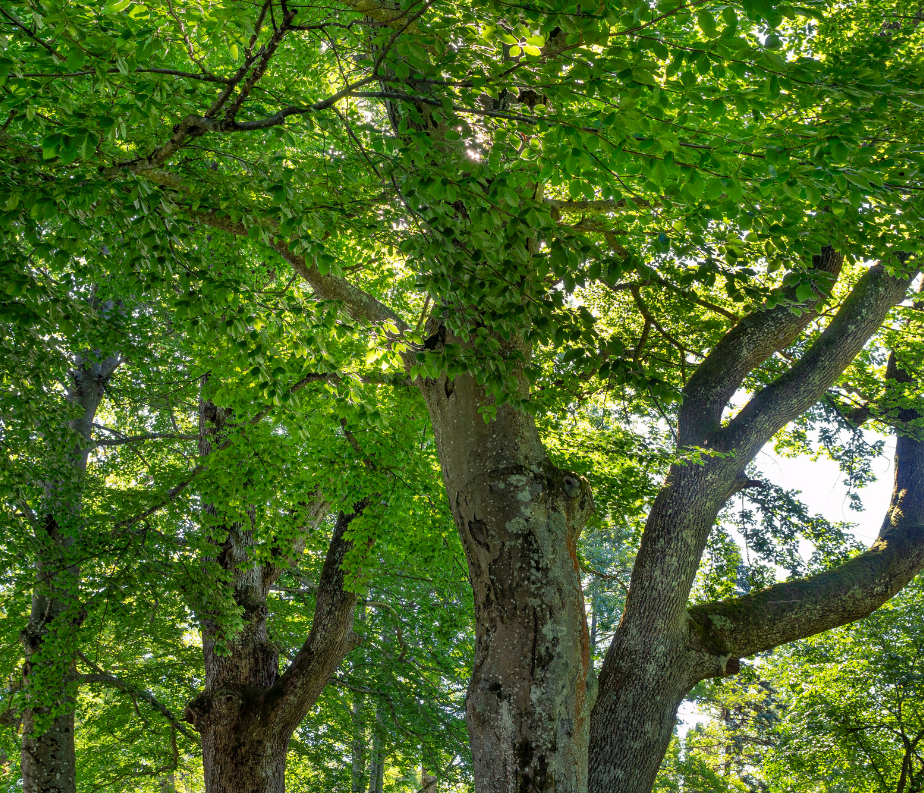GOING BACK IN TIME TO TELL TIME ON A RHINE RIVER CRUISE

Despite technological advances in watchmaking, the tradition of crafting old-fashioned cuckoo clocks remains admirable. In Germany’s Black Forest, this practice endures even today, preserving an art that is nearly forgotten.

Long ago, farm families in Germany’s Black Forest would spend winters holed up in their mountain cabins. Snowed in with few chores to do, these families might pass the time using whatever resources they had at hand to create objects for use and to sell for extra money.

As they had plenty of wood they would carve kitchen utensils, shingles for their roof and other things. Then they learned how to make clocks.
After a while the simple clocks began to take more ornate shapes. One farmer decided to make a clock in the shape of his house. The cuckoo sound was chosen for the clock because it was an easy sound to imitate. Two different sized bellows send puffs of air into two wooden pipes, to produce the two-pitched cuckoo sound.
Most cuckoo clocks are made of wood from the Linden tree, because it is easy to carve and has hardly any grain. Since the wood is so moist, it has to dry for two years before it can be used.

To become a woodcarver, you must first apprenticeship for 3 years.
Although the full origins of the cuckoo clock remain unknown, researchers maintain that craft people of the Black Forest developed primitive cuckoo clocks by at least 1630.
Today, clock making is a big business in the Black Forest and today’s Rhine River Cruisers can visit one of the largest workshops to see how the clocks are made, to watch the largest cuckoo clock in the world in action and to taste that famous Black Forest Cake.




